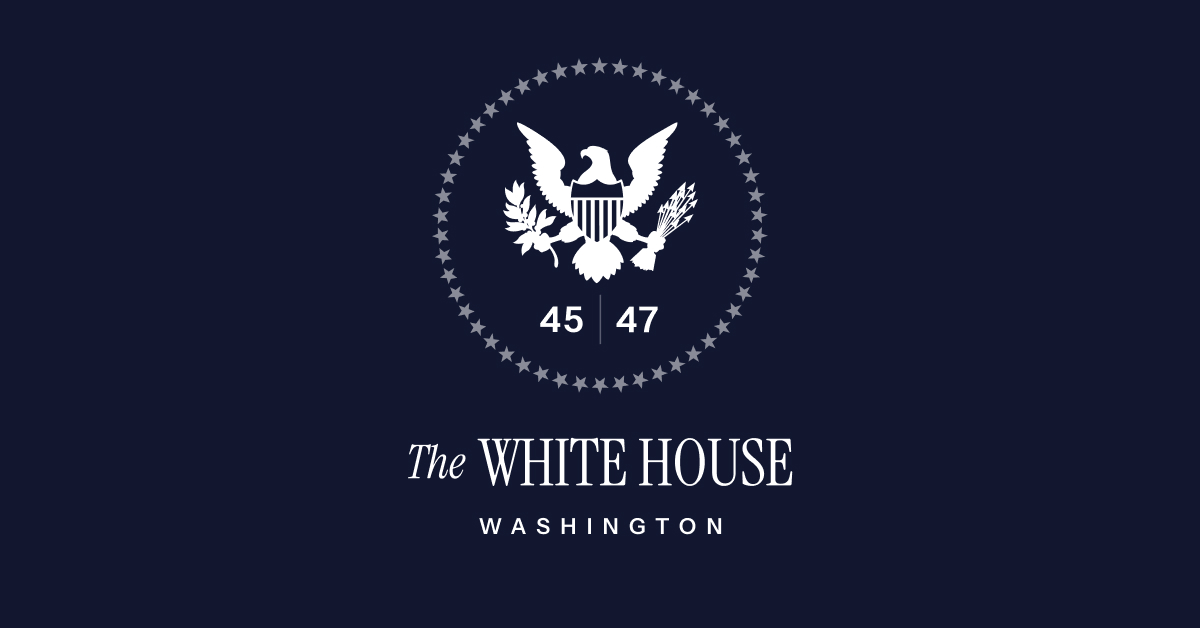As Donald Trump imposes a new travel ban, it may be interesting to know what happened when he first introduced a travel ban at the end of January 2017. This was feedback by an eTN reader and travel PR expert from the United Kingdom.
Current premium viewers: 23
As Donald Trump imposes a new travel ban, you may be interested in knowing what happened when he first introduced a travel ban at the end of January 2017.
Trump’s first travel ban was notably self-destructive and counterproductive because it alienated visitors from countries that were not included in the ban.
The term “Trump Slump” was coined in a press release by a UK travel and tourism research company, highlighting the effect and showing how broader international tourism to the U.S. significantly suffered as a result.
The first ban, introduced on January 27, 2017, immediately led to an 80% drop in bookings from the targeted nations—Iraq, Syria, Iran, Libya, Somalia, Sudan, and Yemen—and caused a widespread slump of 6.5% from other global regions in the following week alone. Bookings from Northern Europe dropped by 6.6%, Western Europe by 13.6%, Southern Europe by 2.9%, the Middle East by 37.5%, and Asia Pacific by 14%.

This initial effect, compounded by a strong U.S. dollar, resulted in a sustained overall decline of 1.4% in US international arrivals throughout 2017, at a time when global tourism was growing by 4.6%. Notably, European arrivals in the US, a critical market segment with nearly 40% share, declined by 2.3% for the year, and Asia Pacific, with a 23% share, fell by 3.8%.

Restricting The Entry of Foreign Nationals to Protect the United States from Foreign Terrorists and Other National Security and Public Safety Threats
BY THE PRESIDENT OF THE UNITED STATES OF AMERICA A PROCLAMATION During my first Administration, I restricted the entry of foreign nationals into the
Reflecting on the new travel restrictions, eTN Reader David T said: “Given what we’ve seen before, I would not be surprised if the same thing happens again. However, this time, the recent fall in the value of the US$ may soften the impact on US tourism exports.”



